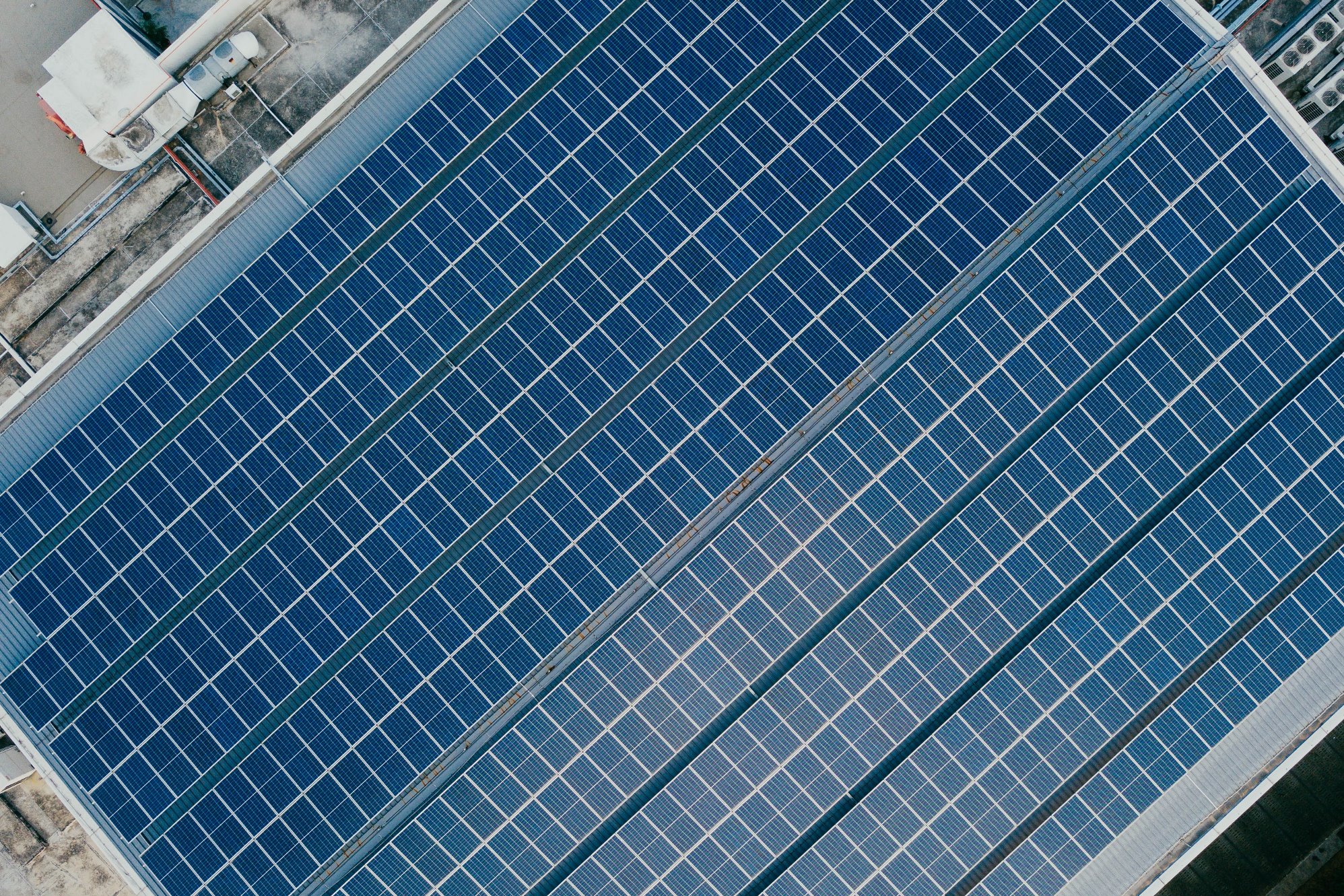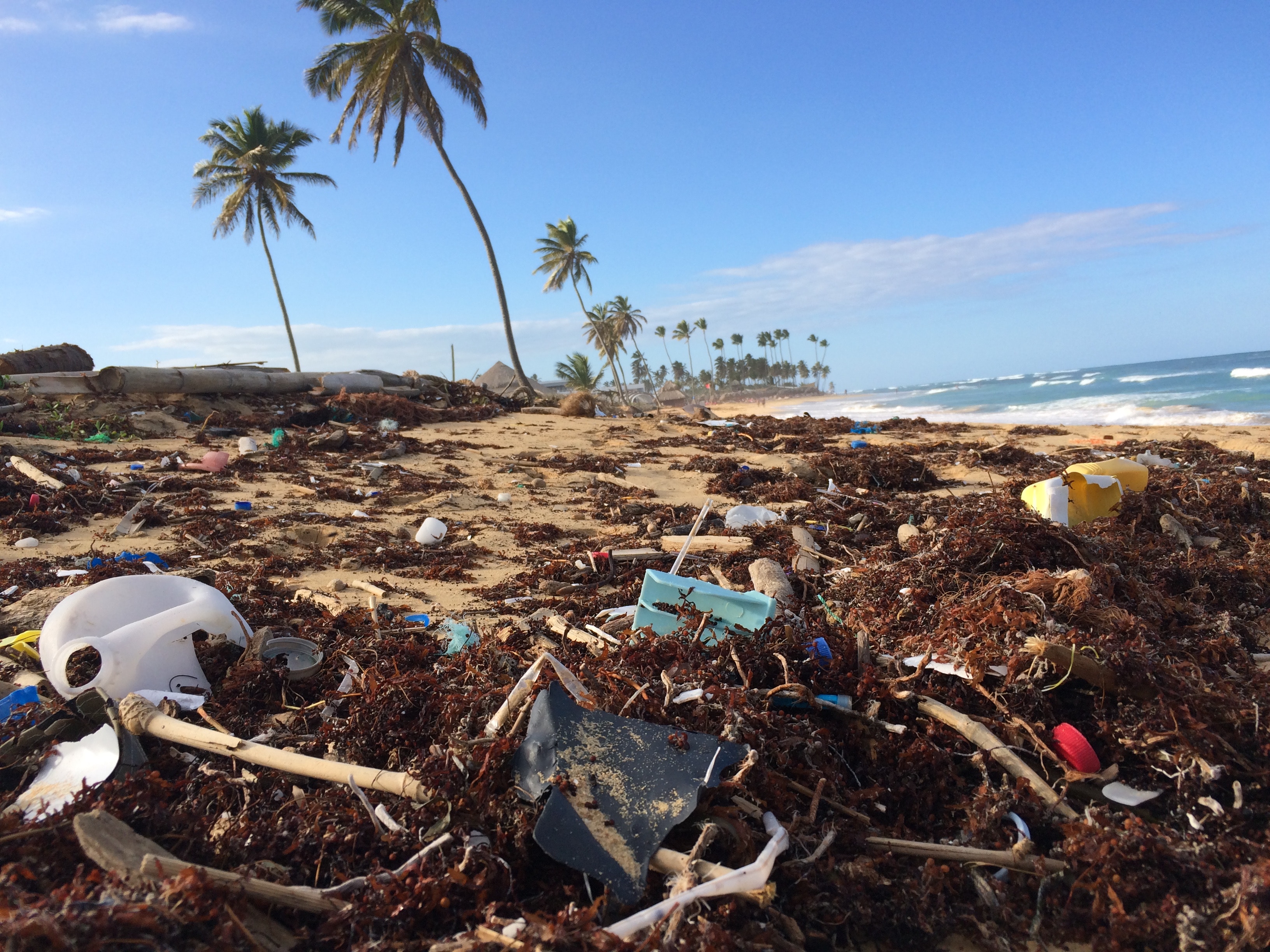If the emissions associated with the trade of goods and services between cities and the rest of the world are considered, then cities’ emissions are up to 60% higher than current estimates suggest. The upside to this finding, published in C40 Cities’ new report Consumption-based GHG emissions of C40 cities, is that cities have a significant opportunity to reduce their emissions by addressing consumption.
The consumption-based approach to measuring GHG emissions captures both direct and lifestyle emissions of goods and services, allocating the GHG emissions to the final consumer. Essentially, a city’s consumption-based GHG inventory is a measure of emissions produced within city boundaries, minus emissions associated with goods and services exported outside of the city, plus emissions associated with goods and services produced outside the city and imported for resident consumption.
The difference between the new C40 Cities study and others is that it applies the consumption-based approach, accounting for the GHG emissions associated with goods and services consumed by residents, including food, clothing, electronic equipment, air travel, delivery trucks, and construction industries, in addition to GHG emissions taking place within the city boundaries. Other methods, such as the Global Protocol for Community-scale Greenhouse Gas Emissions Inventory (GPC) BASIC level reporting standard, account only for emissions produced within city boundaries. Looking at the two aspects together, however, is necessary to see the full picture.
According to the analysis, total consumption-based emissions of the 79 cities included in the study are 3.5 Gt CO2e, representing a 60% increase on the 2.2 GtCO2e emissions estimated for the same cities using the GPC BASIC standard. This means that almost two-thirds of consumption based emissions are generated from imports produced outside city boundaries.
While wealthier “consumer” cities no longer have large industrial sectors producing local emissions, per capita emissions associated with the consumption of goods and services are among the highest in the world. Conversely, “producer” cities generate substantial carbon emissions and industrial pollution for products that will be sold and consumed elsewhere.
In taking the more holistic approach of including consumption in emission assessments, it becomes clear that efforts to reduce emissions must therefore include encouraging citizens to make smarter, more informed purchases, and to buy local products. The kind of knowledge provided by a consumption-based assessment of GHG emissions can help policy makers better understand not only their own city’s emissions, but also the contribution of their city to global climate change, and how to more effectively approach emissions reductions.
The analysis presented in the report was carried out by C40 Cities, the University of Leeds, University of New South Wales, and Arup.






